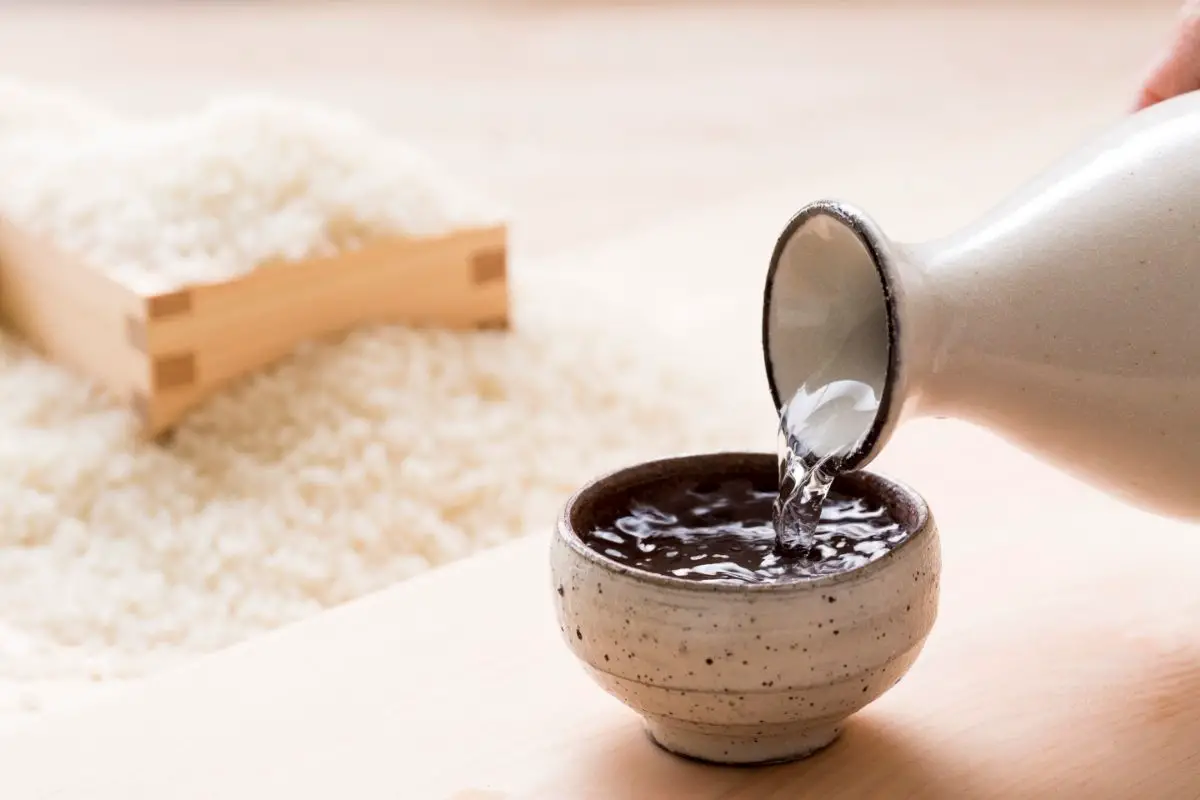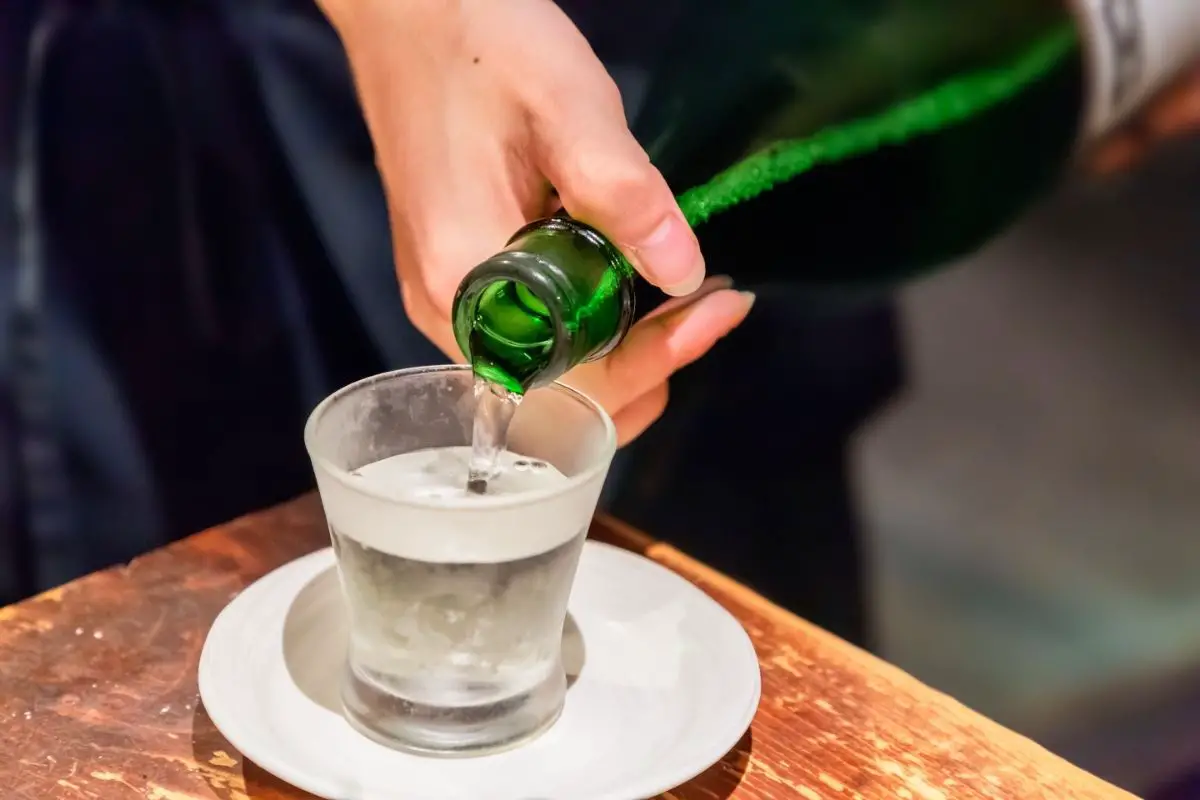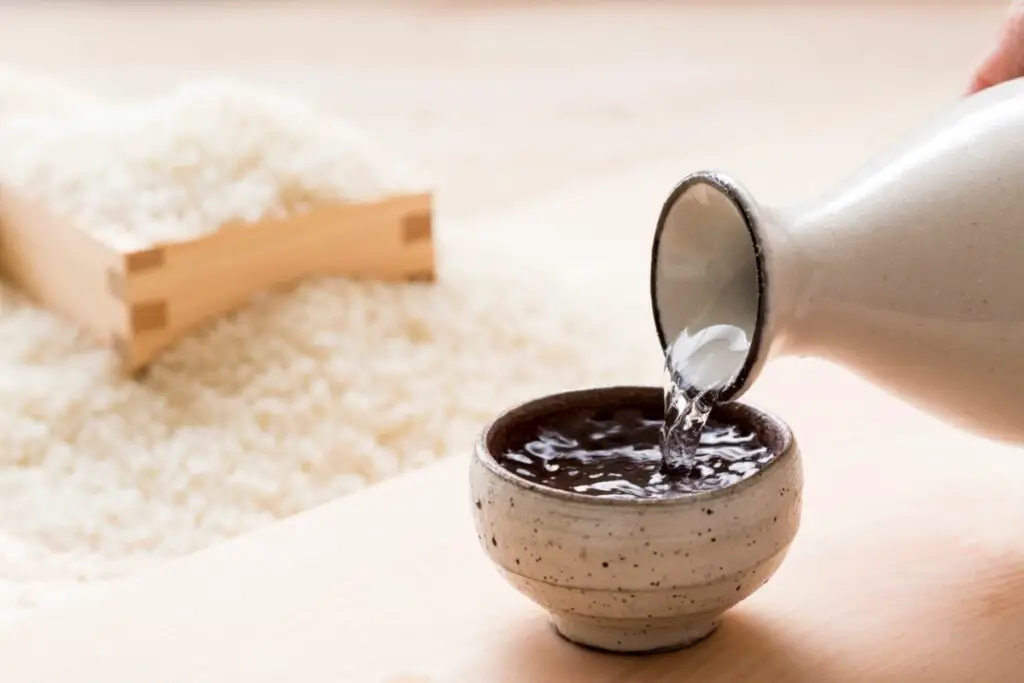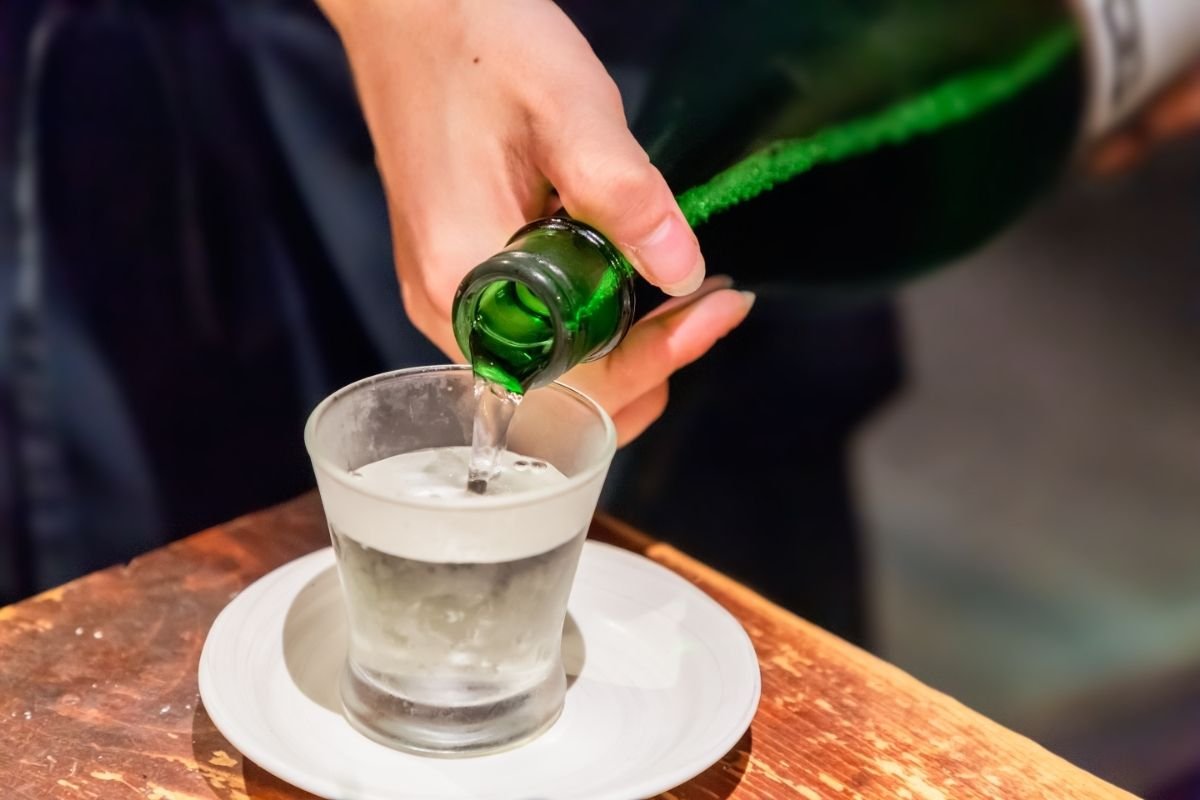Sake is a Japanese alcoholic beverage. It’s made by brewing polished rice along with water and fermenting ingredients. Sake has a pale hue, tastes pleasantly sweet, and contains around 16% alcohol.
As sake is alcoholic (see also ‘What Percent Alcohol Is Sake?‘), some people may believe that it doesn’t have an expiry date. This, unfortunately, isn’t true. So when does it expire?

And how can you tell if your Sake has gone bad? You search and search, but can’t seem to find the answers that you need.
Well, no more! Today we are here to help! We will cover why sake goes bad within this article, as well as how to tell if your sake bottle has gone bad. You’ll also find some storage tips that can prolong the life of your sake below.
Does Sake Expire?
Let’s get straight into it! Yes, sake expires. Spirits and wines remain safe for consumption many years after they were bottled, but sake isn’t designed to be aged.
Most sake enthusiasts believe that it’s best to drink sake soon after it is bottled. New and fresh-pressed sake sell out quickly all the time.
It may be well known that sake should be drunk soon after purchase, but this isn’t always possible. Some people receive sake as gifts, while others want to store a bottle away for a special occasion. For cases like these, can sake be stored?
Can Sake Be Stored Away?
Yes, sake can be stored, but it isn’t recommended. Sake can be stored for a long time under controlled conditions, but compared to other alcoholic drinks, it won’t age as well.
The alcohol within sake will stop bacteria from growing, but the taste can be affected when placed in storage.
The fragrant notes and flavor may be nice at first, but they can break down over time. This is why it’s important to drink sake sooner rather than later.
If this isn’t possible, here are some storage tips that can help keep your sake suitable to drink.
Keep It Closed!
This may seem obvious, but if you’re not ready to enjoy your sake, don’t open it! It must be kept sealed, so don’t open it unless you plan on drinking it in the same week. It’s also simpler to store sealed sake compared to opened sake.
Storing Unopened Sake
If you haven’t opened your sake bottle, you can store it, but it needs to be kept in the right conditions. The best locations for sealed sake bottles are dark and cool places.
This can be a pantry, basement, or cupboard, just make sure it’s cool and away from any light sources.
Keeping your sake cool is the best way to prolong its lifespan. You can use your refrigerator to do this, but your sake should be fine if the room temperature is between 10°C and 15°C. Don’t keep it next to any windows or heaters.
Sunlight is sake’s worst enemy. UV rays can change your sake’s color, taste, and fragrance. Some distilleries use dark or amber-colored bottles to defend against sunlight, but many of these don’t protect their product at all.
You can protect your sake by covering the bottle with paper or keeping it inside a box.
Your sake bottle may have nice patterns on it, but don’t be tempted to leave it on display. If you plan on showcasing the bottle, drink the sake first, then use the empty bottle as decor.
Storing Opened Sake
If you’ve opened your sake bottle, the expiration process has begun. Sake starts breaking down as soon as the beverage comes into contact with air.
You can put the cap back on the bottle and keep it in the refrigerator so you can drink it later.
However, keep in mind that you should aim to finish the sake during the same week it was opened. When you serve it, place it back in the fridge as soon as possible, as room temperature can break the beverage down further.
You can purchase products that are designed to preserve open sake. These include well-made bottle stoppers and pumps that suck out oxygen from the bottle.
These can be expensive, but if you drink sake a lot, you may want to look at investing in one of these.
How To Know If Sake Has Expired

If you’ve come across an old bottle or have been offered suspicious-looking sake, you should know how to tell if sake is safe to drink.
Always Check The Date
Japanese sake won’t usually have an expiration date printed, but they will display the bottling date. This date is called the seizou nenggapi, which is normally found on the base of the label.
The date should be printed in the Japanese date format, which follows as Year/Month/Day, or Year/Month.
As long as the sake is sealed, bottles less than a year old are generally fresh and fine for consumption. If it’s 1-3 years old, the sake won’t be that fresh, but it can still be drunk if it’s stored in optimal conditions. Only purchase this if it’s on sale.
Even if it hasn’t been opened, sake over 4 years old should never be bought. You may be able to drink it, but you’ll need to look at its color, smell, and taste to make sure it hasn’t gone off. We’ll get into that more below.
How To Tell If Old Sake Has Gone Bad
Some older sake bottles may be safe to drink, but there’ll also be older sakes that have gone off, even if they’re sealed.
Color
Expired sake can look slightly yellow, resembling white wine. If the bottle is made from dark glass, pour the sake into a clear glass to examine its color.
Look out for any lumps on the surface or at the bottom of the bottle, as this indicates the sake is well past its expiration date.
Smell
Open the bottle and smell its contents. Look out for any earthy, yogurt, or rotten smells that tell you the sake has expired.
Taste
If you don’t smell or see any unusual factors, take a small sip to taste it. If the sake tastes awful, don’t drink it, and be sure to dispose of it.
Can Old Sake Make You Ill?
If your old sake came from a sealed bottle and doesn’t look, smell, or taste unusual, you shouldn’t get ill after drinking it. As it’s been sealed, harmful bacteria won’t have been able to enter the bottle, so it should be safe.
If your old sake came from an already opened bottle, don’t drink it, as this could make you ill. Look out for any bad smells or tastes, as this indicates that something isn’t safe to consume.
In Summary
Sake does expire, but that doesn’t mean old sake can’t be drunk. Sake is generally best enjoyed soon after you open the bottle, but it can be stored for later as long as the bottle is sealed.
Never drink old sake from an opened bottle, as this may make you ill. Look out for any unpleasant colors, smells, or flavors, as this can tell you if your sake has gone bad or not.









